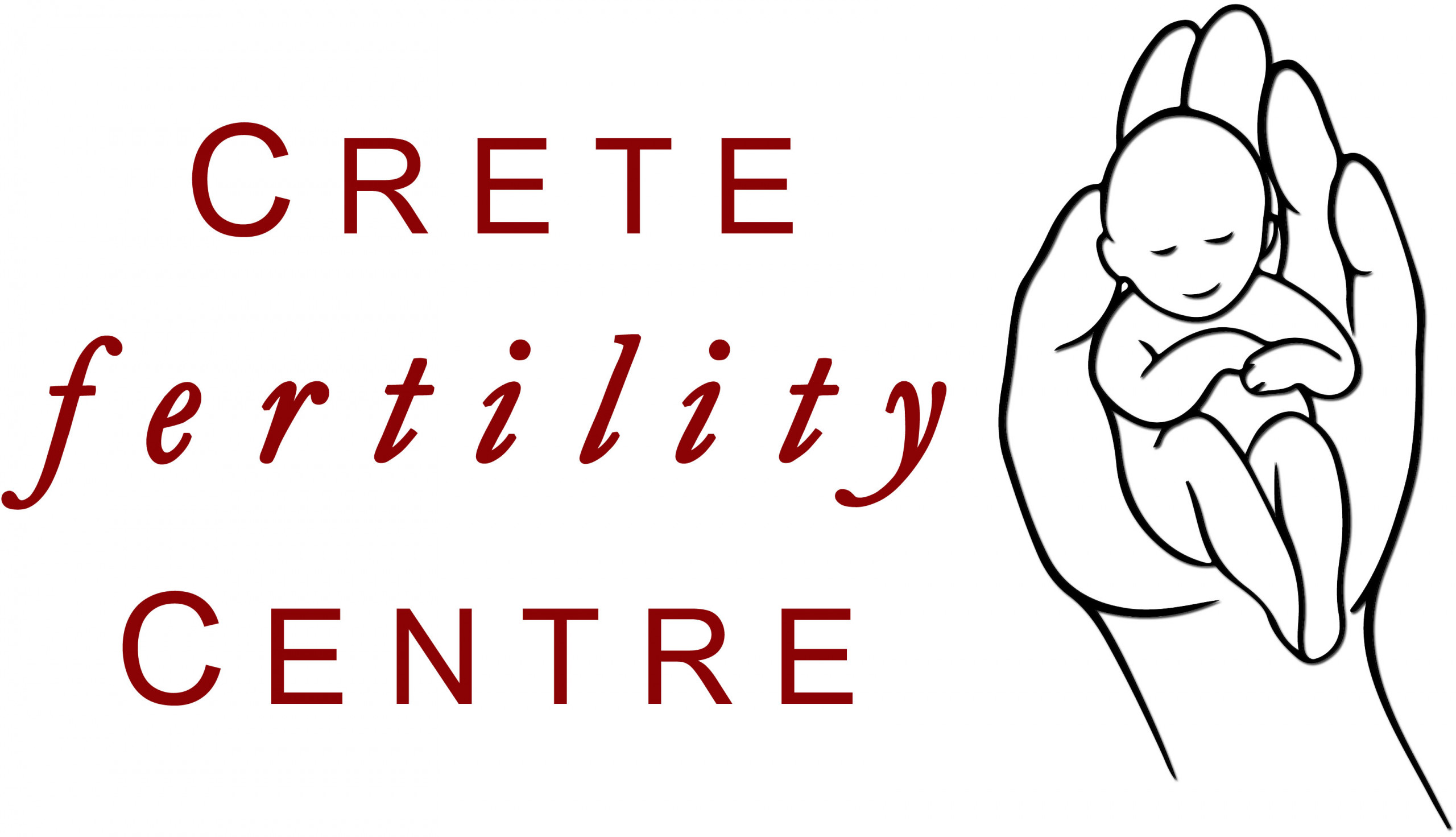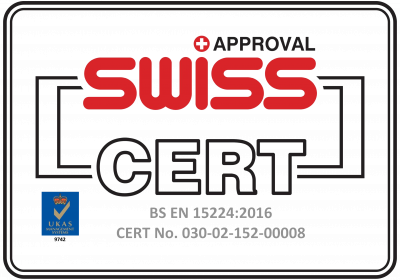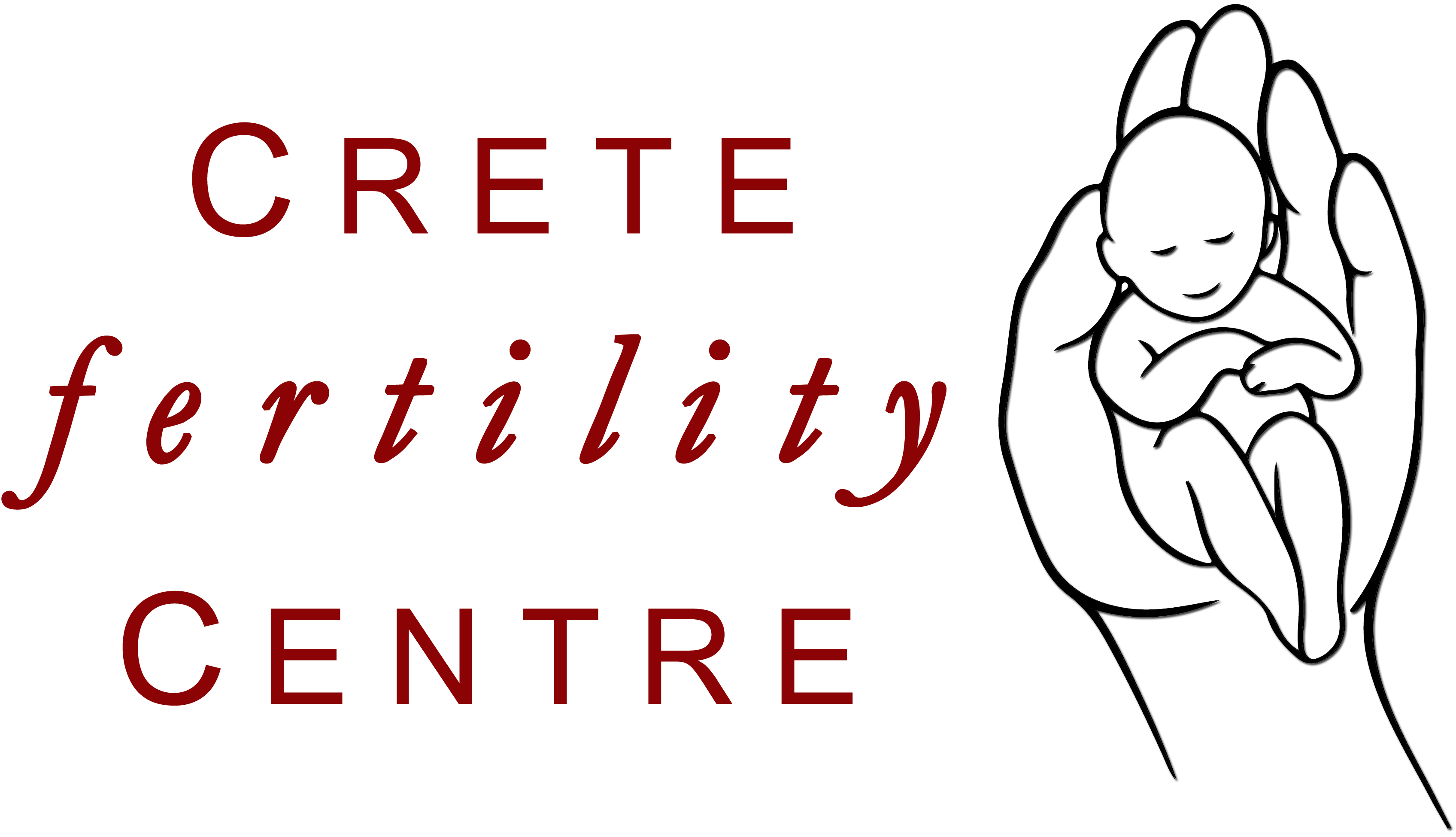Laser Assisted Hatching (AHA)
Treatment Procedure
Crete Fertility Centre offers laser-assisted hatching, superior to chemical and manual hatching, which is a gentle and safe way to thin and weaken a small section of the zona pellucida – allowing the embryo to hatch. Laser-assisted hatching has several advantages, including minimal handling of the embryo and delivering fast and exact control over the entrance procedure. Laser-assisted hatching is performed by the embryologist prior to the embryo transfer back to the uterus (uterine cavity).
Laser Assisted Hatching
Laser Assisted hatching, a scientific technique used in In Vitro Fertilisation (IVF), may improve the implantation of embryos into a woman’s uterine lining by creating an opening through which the embryonic cells can hatch out. Pregnancy cannot occur unless the embryo hatches.
Just before embryo implantation, the developing embryo must “hatch” out of its outer shell (zona pellucida). Some embryos seem to have a thicker shell that may decrease their ability to hatch and therefore reduce the likelihood that they will implant. This may be due to the age of the woman or other, unknown reasons.
It has been shown that women aged over 37 have a tendency to produce oocytes (eggs) with a harder and/or thicker zona pellucida than younger women. The same applies to women with a high level of follicle-stimulating hormone (FSH).
The problem of a harder zona pellucida is that the embryo may not hatch and thus not attach to the womb. It has been reported that up to 75% of normal embryos may never hatch.
There is also evidence to suggest that the process of freezing and thawing embryos may cause the zona pellucida to harden, and using assisted hatching can be beneficial.
Who is Assisted Hatching Recommended for?
Recent meta-analysis (comparison of different relevant research findings) showed that women who have undergone repeated IVF treatments without positive results can increase their chances of a pregnancy with laser-assisted hatching.
- Women aged over 37
- Poor oocyte’s quality or low oocyte’s stocks in the ovaries (high FSH levels or low AMH)
- Poor Embryos’ Quality
- Cases with embryos harder and/or thicker zona pellucida
- Cases using frozen eggs or embryos





